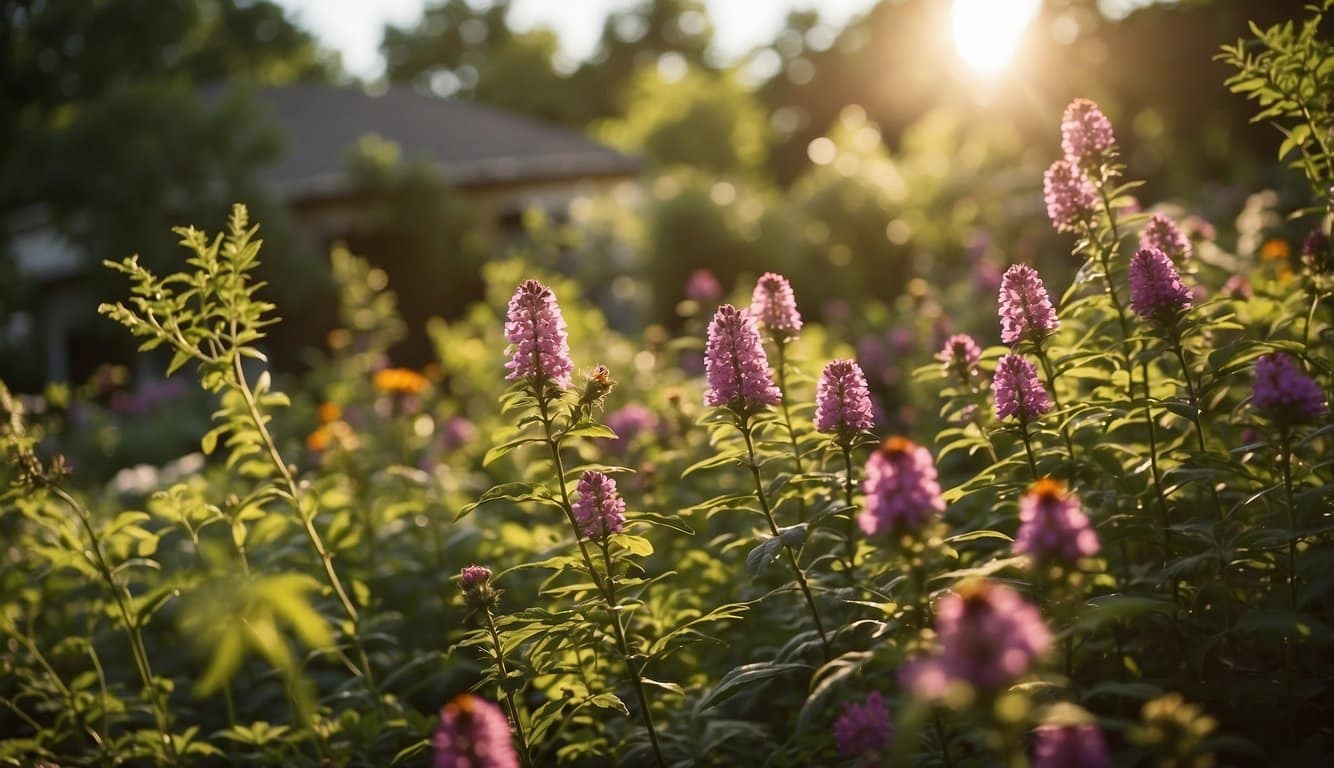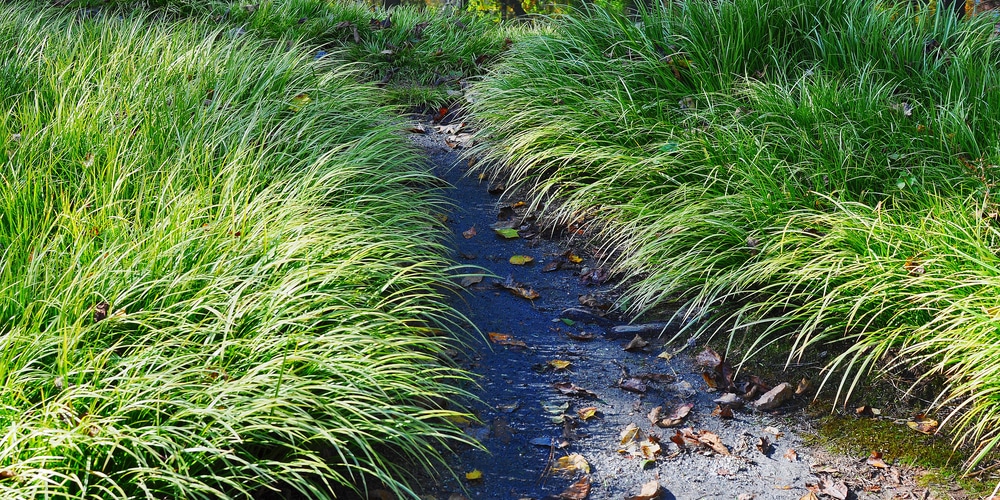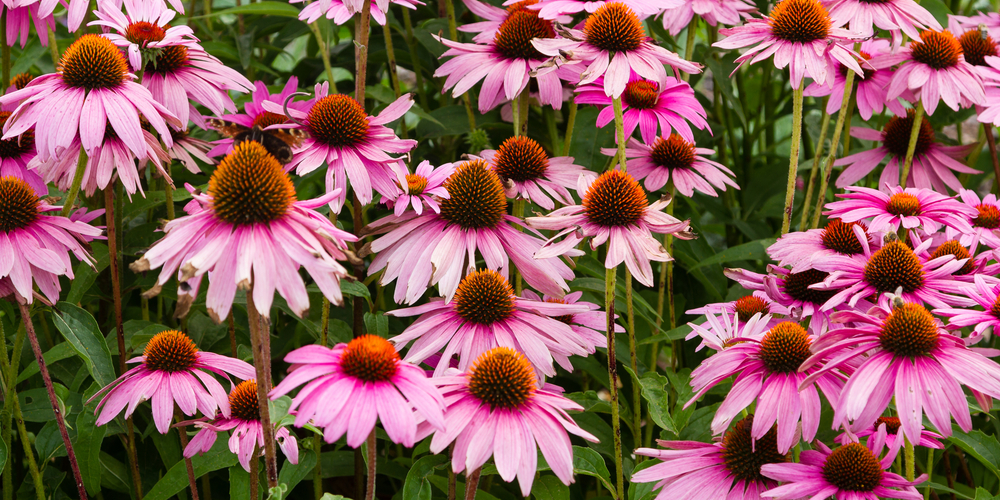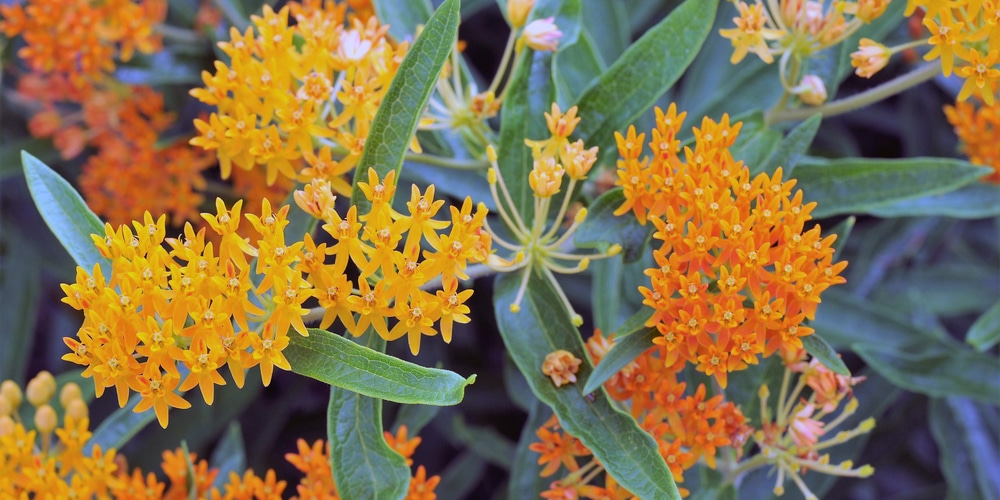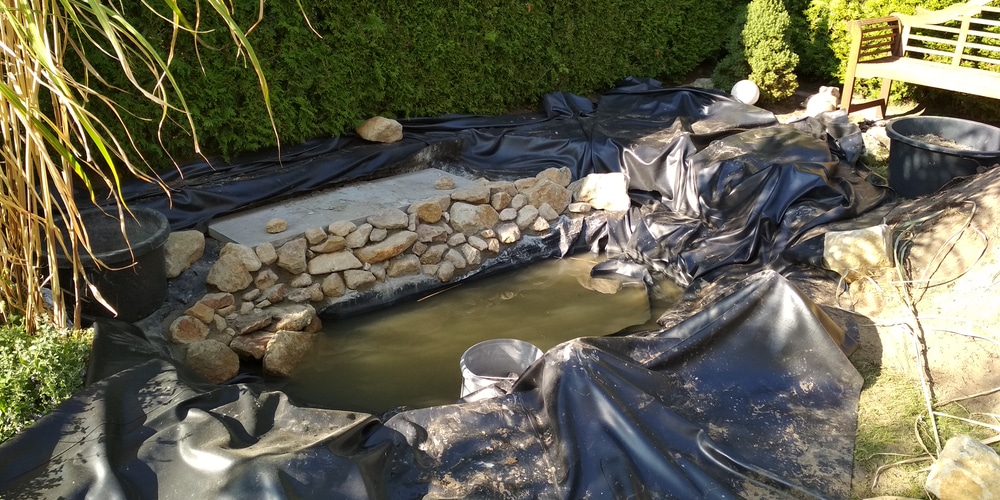Why Go “Native”?
Incorporating native plants into your Illinois garden not only adds beauty but significantly contributes to the local ecosystem and conservation efforts.
Understand how you play a critical role in supporting wildlife, improving soil health, and enhancing water conservation through your gardening choices.
Support Local Wildlife
Native plants are essential for sustaining a diverse range of wildlife in Illinois. They provide the necessary habitat and food sources for various pollinators and animals.
Specifically:
- Bees and butterflies thrive on native wildflowers like coneflowers and milkweeds.
- Bird species, such as hummingbirds, benefit from plants like bee balm, which offer nectar-rich flowers.
Improve Soil Health
Healthy soil is the foundation of a thriving garden. Native plants promote this by:
- Deep root systems of native prairie plants, for instance, improve soil structure and reduce erosion.
- They contribute to a natural cycle of nutrients, as they are adapted to Illinois’s soil composition.
Enhance Water Conservation
Native plants are adapted to the local climate and therefore are more efficient in using water. This means:
- They often require less irrigation, reducing your water usage.
- Natural mulches, such as leaf litter from these plants, help retain soil moisture and reduce water runoff.
How to Pick Winners
Selecting the right native plants for your Illinois garden involves understanding how they’ll interact with the local environment and your specific garden conditions.
Here are crucial aspects to consider.
Adaptability to Climate
Illinois experiences a range of climatic conditions, from hot, humid summers to cold, snowy winters. Your plant choices should thrive in USDA Hardiness Zones 5-7 primarily found in the state.
Look for plants known for their resilience to temperature fluctuations and those that can withstand Illinois’s specific climate stresses.
- Summer Tolerance: Can the plant handle high heat and humidity?
- Winter Hardiness: Is the plant capable of surviving cold and frost?
Resistance to Pests and Diseases
Native plants often have the upper hand against local pests and diseases due to their evolution alongside these challenges. However, some might be more resistant than others.
- Pest Resistance: Does the plant naturally repel or withstand common pests?
- Disease Resilience: Is the plant less likely to succumb to prevalent diseases?
Growth and Space Considerations
Understanding a plant’s mature size and growth rate is vital to ensure it fits within your garden’s spatial constraints and design intentions. Account for the following:
- Mature Size: Know the height and spread of the plant at maturity.
- Growth Rate: Consider how quickly the plant will reach its full size and how often you’ll need to manage its spread.
Top 10 Native Plants
Embarking on the adventure of gardening with native plants unites you with the natural ecosystem of Illinois. These plants offer beauty, are well-adapted to the local climate, and require less maintenance while supporting wildlife.
Prairie Dropseed
Sporobolus heterolepis — Prairie Dropseed is a fine-textured grass that creates a fountain of emerald green leaves. In late summer, you’ll find it produces a unique fragrance as its wispy seeds emerge.
Wild Bergamot
Monarda fistulosa — Known for its minty aroma, Wild Bergamot presents lavender flowers that are a magnet for pollinators like bees and hummingbirds. This plant is a resilient addition, tolerating drought and different soil types.
Purple Coneflower
Echinacea purpurea — A standout with its vibrant purple petals and prominent central cone, the Purple Coneflower is beloved by butterflies. Not only does it add a pop of color, but it also thrives in full sun with minimal care.
Butterfly Weed
Asclepias tuberosa — With clusters of orange flowers, the Butterfly Weed is essential for the monarch butterflies as a host plant. This sun-loving plant is drought-tolerant and adds a warm hue to your garden.
Little Bluestem
Schizachyrium scoparium — Adaptability is the hallmark of Little Bluestem. This native grass is recognized by its blue-green summer foliage which transitions to a striking bronze in fall, providing year-round interest in your landscape.
Plant Care and Maintenance
Caring for native plants involves understanding their specific needs and habits. Focusing on a few key aspects of plant care can help your Illinois garden thrive.
Watering and Feeding
Watering: Establish a regular watering schedule for your native plants.
Newly planted natives require consistent moisture to develop robust root systems.
Once established, most are drought-tolerant but will benefit from occasional deep watering during prolonged dry spells.
- Feeding: Generally, native plants prefer nutrient-poor soils and do not require heavy fertilization.
- A layer of compost in the spring can provide sufficient nutrients without stimulating excessive growth, which can weaken plants.
Pruning and Deadheading
Pruning: Regular pruning maintains plant health by removing dead or diseased wood and encouraging air circulation.
Prune your perennials in late winter for vitality and to promote a tidy garden appearance.
- Deadheading: Remove spent flowers to encourage a second bloom and prevent self-seeding.
- Deadheading also channels a plant’s energy back into creating robust foliage and roots.
Managing Invasive Species
Monitoring: Regularly inspect your garden for signs of invasive species that can outcompete your natives. Early detection is key.
- Control: Promptly remove invasive plants by hand or, if necessary, use environmentally safe herbicides as directed.
- Implementing barriers or using native ground covers can also minimize invasive growth.
Designing with Native Plants
When it comes to garden design, native plants offer an aesthetic beauty while supporting local wildlife and reducing maintenance.
Utilizing different native species can lead to a dynamic and sustainable garden environment.
Creating Diverse Layers
Trees and Shrubs: These form the upper layers of your garden and can include species like the Bur Oak (Quercus macrocarpa) and Black Chokeberry (Aronia melanocarpa).
Perennial Wildflowers and Grasses: Underneath, use plants such as Purple Coneflower (Echinacea purpurea) and Big Bluestem (Andropogon gerardii).
A layered approach:
- Canopy Layer: Oak, Hickory
- Understory Layer: Serviceberry, Witch Hazel
- Ground Layer: Wild Ginger, Mayapple
Seasonal Planting Strategies
Spring: Incorporate plants like the Wild Columbine (Aquilegia canadensis) and Shooting Star (Dodecatheon meadia) to kickstart the year with vibrant blooms.
Summer: Achieve a continuous display with flowers like the Butterfly Milkweed (Asclepias tuberosa) and Summer Phlox (Phlox paniculata).
Fall and Winter: Consider the New England Aster (Symphyotrichum novae-angliae) for late blooms and the Prairie Dropseed (Sporobolus heterolepis) for winter interest.
- Strategize planting to ensure:
- A succession of blooms
- Year-round interest and color
- Habitat for pollinators across seasons
Incorporating Hardscapes
Pathways and Seating: Use materials that complement the local environment, such as natural stone or reclaimed wood, to create paths and seating.
Water Features: Adding a small pond or birdbath can invite further biodiversity.
Remember to:
- Choose materials that reflect the local geology
- Design for ease of access and maintenance
- Integrate hardscapes that promote native wildlife interaction
